Before sugar became the enemy, and even before low-fat options were chief offenders, doctors and nutritionists waged war on salt.
Why?
Because heart disease is the leading cause of death in developed countries.
And since salt increases blood pressure, and high blood pressure raise the risk for developing heart disease, it makes sense to eat a low sodium diet. By following healthy, low sodium meal plans like the DASH Diet, we may be able to stop hypertension and lower blood pressure.
Harvard Health Publication points out that “in this era of rapidly rising healthcare costs, it’s important to note that cutting down on salt would save us up to $24 billion a year”, so that’s saying a lot!
So let’s decipher some labels, make some changes, and learn all about following a low sodium diet today.
Why We Need Salt
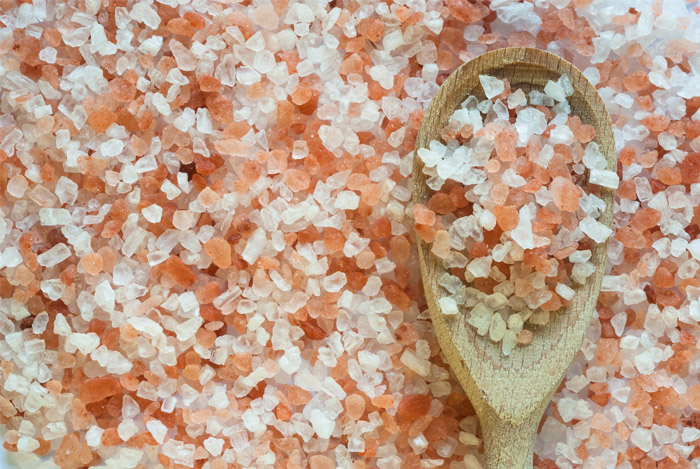 You may think humans only started using salt as a preservation method or food seasoning, but did you know that we have close to 40 teaspoons of salt in our body everyday?
You may think humans only started using salt as a preservation method or food seasoning, but did you know that we have close to 40 teaspoons of salt in our body everyday?
Sodium is one of the most abundant elements on the planet; you can find it in seawater and minerals such as halite, or rock salt. We literally need salt as an electrolyte in order for our bodies to function at all.
Here’s just a brief list of some of salt’s responsibilities:
- Balancing the body’s fluid levels
- Allowing for nerve transmission
- Moving parts of our bodies
- Aiding in digestion
Since sodium is chiefly responsible for balancing our fluid levels, you’ll find amounts of it in most of our bodily fluids – from sweat and urine, to blood, tears, and semen.
Without sodium, our nerves would stop working, we wouldn’t be able to move our muscles, absorbing nutrients would become less efficient, and our water and mineral levels would get way out of control.
So what’s a healthy sodium intake?
Recommended Daily Intakes
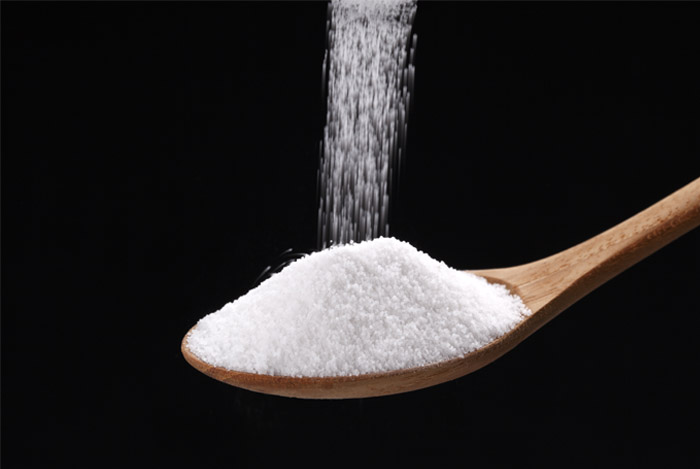 Every prominent health organization has their own ideas about salt, but the acceptable range seems to be between 1,500 mg and 2,300 mg per day.
Every prominent health organization has their own ideas about salt, but the acceptable range seems to be between 1,500 mg and 2,300 mg per day.
If your doctor has restricted your salt intake, you’ve probably been given a target of less than 2,000 mg of sodium per day.
That may seem like a lot of salt, but it’s not; 1500 mg of sodium, or 3.75 g of salt, is only about ¾ of a teaspoon every day!
That’s it.
I find it so crazy that it only takes a fraction of that amount to replenish what we lose during normal bodily functions.
Even though health experts at Northwestern University say that “the minimum physiological requirement for sodium is only 500 mg daily”, our modern society that relies on salty fast food chains and processed junk foods thinks we need way more sodium than this. Like, a lot more.
Most people actually consume around 3400 mg of sodium every day. That’s 1.5x higher than the maximum daily recommended limit. And studies have even shown that it’s not uncommon for many people to consume up to 6000 mg a day – that’s how easy it is to over consume, because it’s in so many processed and packaged foods.
With numbers like that, it’s no wonder high blood pressure is on the rise. And sadly, it’s often the kids that are consuming way too much sodium too.
The Effects of High Sodium Diets
 When you eat too much sodium, your body’s fluid levels become out of balance.
When you eat too much sodium, your body’s fluid levels become out of balance.
And I can always tell when this happens because I immediately see pufferfish-like swelling and bloating. You know what I mean, right?
The day after a pizza night you wake up to get ready and notice that your skinny jeans feel a little tighter, your toes and fingers look like fat little sausages, and your face and under eye area is just downright puffy.
But something more nefarious also happens when you consume too much salt.
Since fluid levels also include blood volume, when there’s too much salt in your body, your blood pressure also rises.
The Low Sodium Diet for Lower Blood Pressure
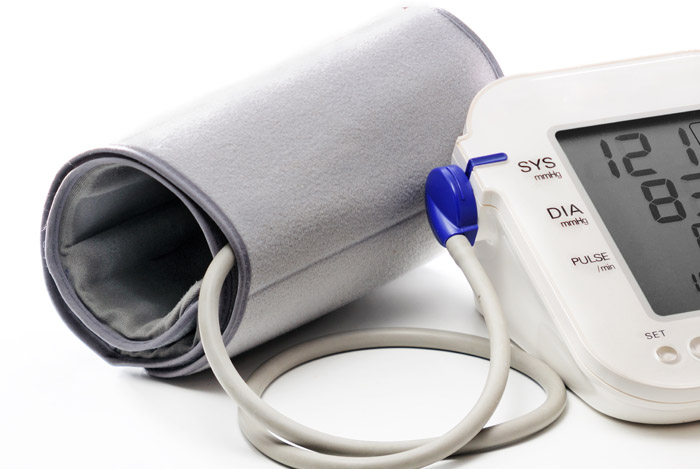 The Cleveland Clinic explains: “When you eat too much salt, which contains sodium, your body holds extra water to “wash” the salt from your body…The added water puts stress on your heart and blood vessels”.
The Cleveland Clinic explains: “When you eat too much salt, which contains sodium, your body holds extra water to “wash” the salt from your body…The added water puts stress on your heart and blood vessels”.
Higher blood pressure levels means your heart has to work overtime to cycle your blood, straining your arteries and organs in the process. So doctors recommend lowering salt intake to help decrease blood pressure levels and hypertension, or high blood pressure.
According to an article in Time magazine, the CDC believes that salt directly influences blood pressure.
“We consider the totality of the evidence”, said Janelle Gunn of the CDC’s Division of Heart Disease and Stroke Prevention. “A vast majority of scientific research confirms that as sodium is reduced, so is blood pressure”.
In fact, one clinical review discovered that reducing salt intake for just four weeks caused blood pressure levels to drop in both normal and hypertensive subjects across all sexes and races. The study also theorized that reducing salt intakes to just 3 g per day, less than most dietary recommendations, would be ideal for continued blood pressure control.
But even though we know that high blood pressure is a biggie when it comes to risk factors for heart disease and stroke, high blood pressure doesn’t actually kill people, per se. Other risk factors for heart disease, such as genetics, diabetes, cholesterol, diet, and exercise, also play a part.
For instance, you’re not going to lower cholesterol numbers just by reducing your salt intake.
Unfortunately, researchers have been learning that salt reductions don’t necessarily correlate with less deaths from heart disease even though it does lower blood pressure.
The Low Sodium Diet Isn’t For Everyone
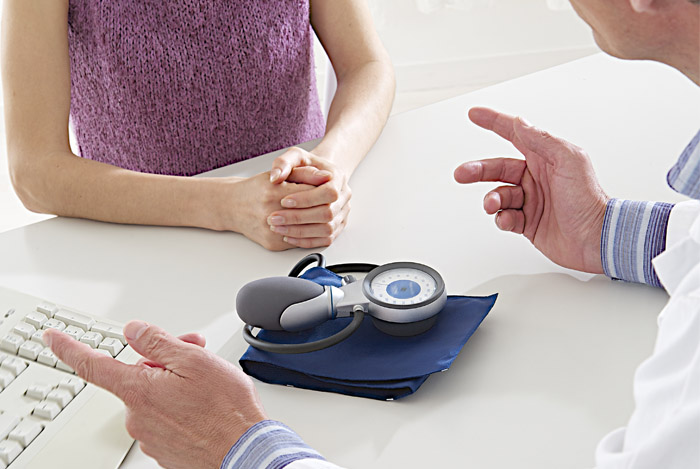 If you haven’t been instructed to follow a low sodium diet, you may want to speak with your doctor before you begin one.
If you haven’t been instructed to follow a low sodium diet, you may want to speak with your doctor before you begin one.
If you’ve been diagnosed with high cholesterol, chances are you were also diagnosed with high blood pressure and advised to go low sodium. But if your blood pressure levels are fine and you’re just trying to lower your LDL, or bad cholesterol, and your triglycerides, following a low sodium diet may not be right for you.
During one review, participants on low sodium diets reduced their blood pressure levels, but raised their cholesterol by 5.4%, LDL by 4.6%, and triglycerides by 5.9%.
So if you’re trying to lower cholesterol numbers by also going low sodium, you may just be spinning your wheels.
Diabetics should also take note about low sodium diets.
A study published in Metabolism Journal notes that non-diabetic participants on a seven day low sodium diet had increased insulin resistance after the trial was over.
As we know, insulin resistance causes type 2 diabetes, obesity, and several other scary issues; it’s definitely not something we want.
During a different study, participants with type 2 diabetes were studied to see if a low sodium diet correlated to decreases in cardiovascular deaths. But surprisingly enough, it didn’t. Participants had increased numbers of premature heart related deaths on the low sodium diet.
So if you’re diabetic or trying to lower your cholesterol and want to try a low sodium diet, speak with your healthcare professional to determine if the pros outweigh the cons.
If you have type 2 diabetes, I would encourage you to follow a low carb diet instead of following a low sodium diet. Low carb diets like the Mediterranean diet not only lower insulin levels, they naturally cause your kidneys to get rid of extra sodium on their own.
If you do decide to follow a tasty low sodium diet, you just have to keep a few simple tips in mind.
Low Sodium Diet 101
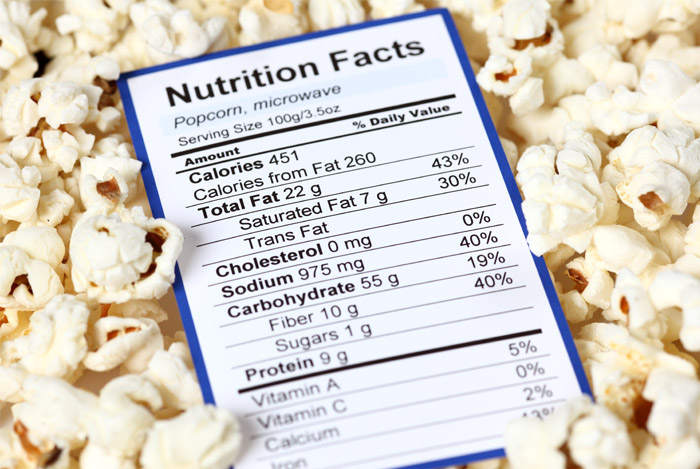 When people read nutrition facts, I think they are so concerned with calories, sugars, carbs, and protein, that they sometimes forget to check the salt.
When people read nutrition facts, I think they are so concerned with calories, sugars, carbs, and protein, that they sometimes forget to check the salt.
They think, “Oh I never add any salt to my food, so I’m fine”.
But that’s just not the case.
Yeah sodium’s found naturally in foods, but most of the salt in our diet is added during the processing of our ingredients, not from adding salt at the table.
The U.S. Food and Drug Administration (FDA), and U.S. Department of Agriculture (USDA) both have strict guidelines for manufacturers to follow when labeling “healthy” foods.
According to them, food cannot be labeled as “healthy” if it has “more than 480 mg of sodium per labeled serving (for individual foods) or more than 600 mg of sodium per labeled serving for meals/main dishes”.
I’m glad there’s some kind of way to monitor and regulate those deceiving labels.
Luckily, there’s more.
The American Heart Association clarified some sodium related terms you may find on food packages:
| Sodium-Free | Less than 5 mg of sodium per serving, and sodium chloride free | |
| Very Low Sodium | 35 mg or less per serving | |
| Low-Sodium | 140 mg or less per serving | |
| Reduced (or less) sodium | At least 25% less sodium per serving than the usual sodium level | |
| Light (for sodium-reduced products) | If the food is “low calorie” and “low fat” and sodium is reduced by at least 50% per serving | |
| Light in sodium | If sodium is reduced by at least 50% per serving |
Now anytime you see something labeled “low sodium” versus “light in sodium”, you know the difference.
I’ve been in the dark about that for way longer than I’d like to admit…
You should also know that salt likes to parade around under fake names. If you ever see these names in your ingredient lists, know that’s just salt in disguise:
- Sodium bicarbonate, or baking soda, sometimes just called “soda”
- Sodium nitrate
- Sodium citrate
- Sodium benzoate
- Monosodium glutamate (MSG)
A common misconception is that sea salt or kosher salt is actually better for you than table salt.
While sea salt may contain additional trace minerals and nutrients since it comes from the sea, the way it works in your body is exactly like table salt.
So what other kinds of foods should you avoid?
What to Eat on a Low Sodium Diet
If you follow these six simple tips, you’ll be thriving on a low sodium diet without even realizing it.
1. Dust Off That Apron
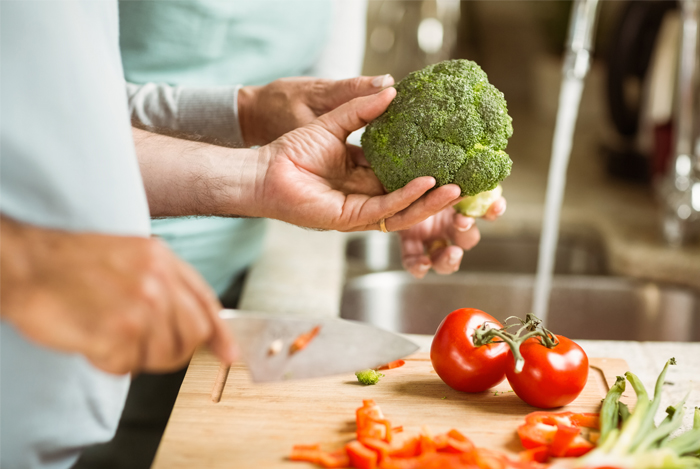 First off, the majority of your food should be made at home.
First off, the majority of your food should be made at home.
You cannot rely on fast food companies or pre-packaged food manufacturers who do not have your best interests at heart. By making all your food at home, you can substitute your favorite spices for the salt that’s usually added to make non-home-cooked meals taste good.
You’ll be amazed by how different your fresh food tastes when you sub garlic or lemon or fresh basil in place of salt. Plus, you’ll always be feeling trim, healthy, and accomplished.
2. Rinse Those Canned Goods
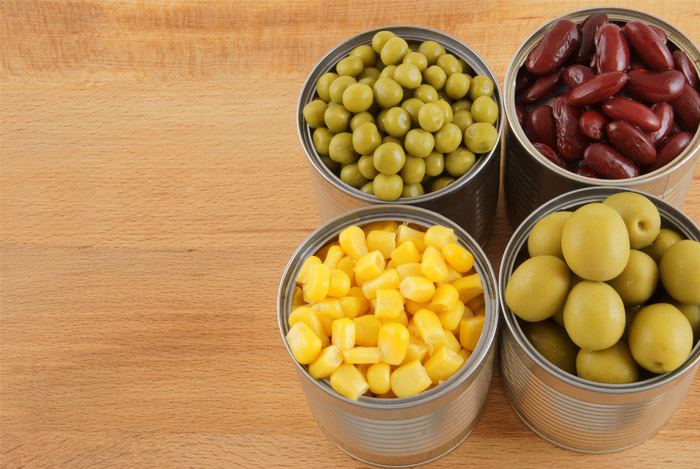 If you’re going to choose canned veggies, don’t purchase ones that are seasoned or have added sugars. Always rinse off the veggies under water to remove most of their salty residue before adding them to your meals.
If you’re going to choose canned veggies, don’t purchase ones that are seasoned or have added sugars. Always rinse off the veggies under water to remove most of their salty residue before adding them to your meals.
Speaking of water…
3. Use Hard Water
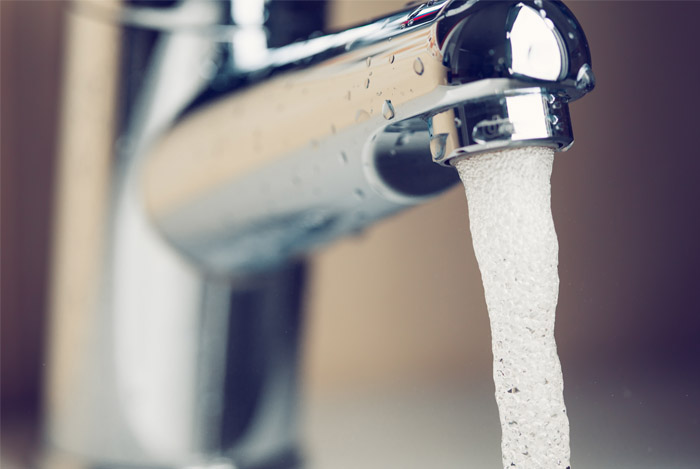 Did you know that softened water contains more salt that “hard” water?
Did you know that softened water contains more salt that “hard” water?
If you have “soft” water, you may not want to drink it or use it for cooking since it already contains higher levels of sodium.
4. Ask Questions at Restaurants
 US News says that when you’re at a restaurant, ask your server which foods are prepared without added salt. Fresh steamed veggies or roasted entrees should always be ordered over fried, gratin, or sauteed anything.
US News says that when you’re at a restaurant, ask your server which foods are prepared without added salt. Fresh steamed veggies or roasted entrees should always be ordered over fried, gratin, or sauteed anything.
Stephen Havas, vice president for science, quality, and public health at the American Medical Association says: “The more restaurants hear this, the more they’re going to change the way they’re cooking”.
5. Shop the Perimeter at the Grocery Store
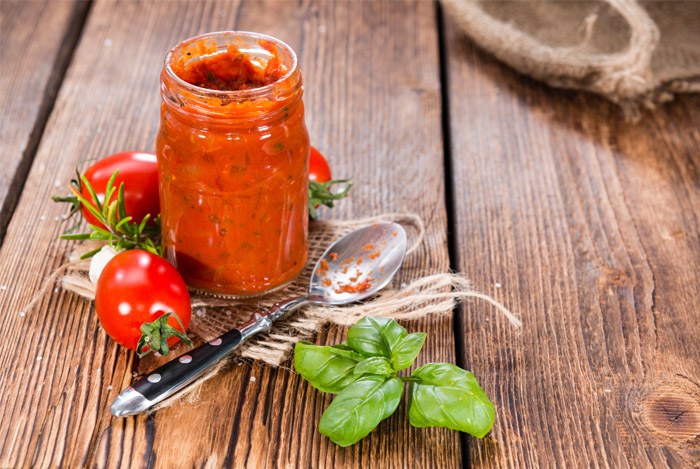 This should be a no-brainer, but avoid processed foods at all costs!
This should be a no-brainer, but avoid processed foods at all costs!
I’m not talking about just avoiding the obvious choices like cookies and greasy potato chips, I’m talking about foods you don’t even think are salty.
Like, tomato sauce, flavored rice, instant pudding…and the list goes on.
As I mentioned in my healthy eating guide, stick to the perimeter of your grocery store when shopping and avoid the processed foods found in the middle aisles. Not only are they loaded with salt, but they also have high fructose corn syrup, chemical additives, preservatives, and refined grains.
Here’s a list of foods that typically contain high sodium levels:
- Canned soup and veggies
- Bouillon cubes
- Breads, rolls, pastries
- Frozen foods and dinners
- Cold cuts, bacon, cured meats
- Fast food and convenience foods
- Pizza
- Salad dressing
- Croutons
- Salty snacks
- Diet soda
Instead, stick to the perimeter aisles where you’ll find fruits, veggies, dairy, and lean meats.
6. Pay Attention to Your Fruits & Veggies
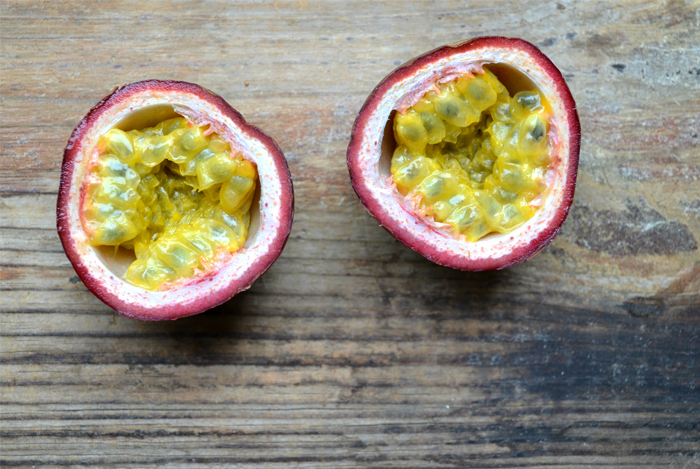 When you avoid all the foods stuffed in the center of your grocery store, you make room for eating more fruits and veggies. All of which are mostly sodium free. Score!
When you avoid all the foods stuffed in the center of your grocery store, you make room for eating more fruits and veggies. All of which are mostly sodium free. Score!
Wait, mostly?
That’s right, not all fruits and veggies were created with similar sodium contents.
Here are some fruits and veggies that contain high sodium:
- Canned and pickled olives
- Mammy apples
- Guava
- Passionfruit
- Fruit products (applesauce, dried apples, cranberry sauce, cranberry-orange relish, apple juice, etc.)
- Celeriac
- Wax gourd
- Artichokes
- Beets
- Carrots
- Seaweed
- Turnips
- Beet greens
- Celery
- Chard
- Sweet potatoes (when cooked without salt)
- Spinach (when cooked without salt)
- Collards (when cooked without salt)
Still, you really have nothing to worry about when it comes to eating fresh produce. Your main concern should be cutting all the processed stuff.
Final Thoughts
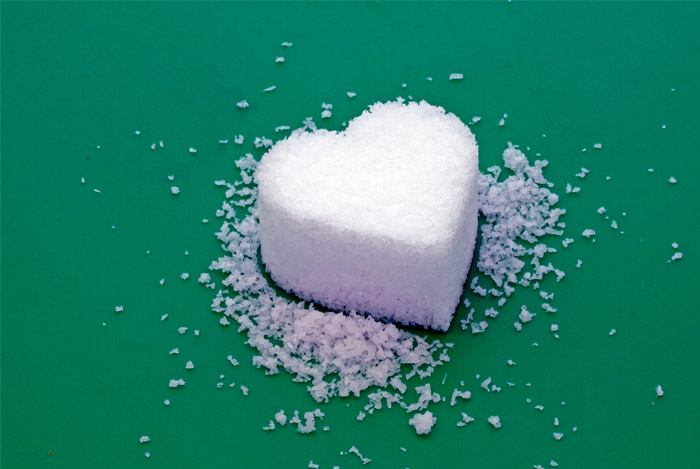 Following a low sodium diet has been shown to decrease blood pressure levels and generally leaves us less bloated and uncomfortable.
Following a low sodium diet has been shown to decrease blood pressure levels and generally leaves us less bloated and uncomfortable.
I think we all need to pay more attention to our salt intake, especially if we find ourselves eating out or turning to quick, processed foods.
Once you get diagnosed with high blood pressure, the floodgates open for risks of developing lots of other serious health issues we certainly don’t want.
How do you limit your salt intake levels? I’d love to hear some great low sodium tips in the comments!
The post The Beginner’s Guide to a Low Sodium Diet appeared first on Nutrition Secrets.
http://www.nutritionsecrets.com/low-sodium-diet-guide/
No comments:
Post a Comment